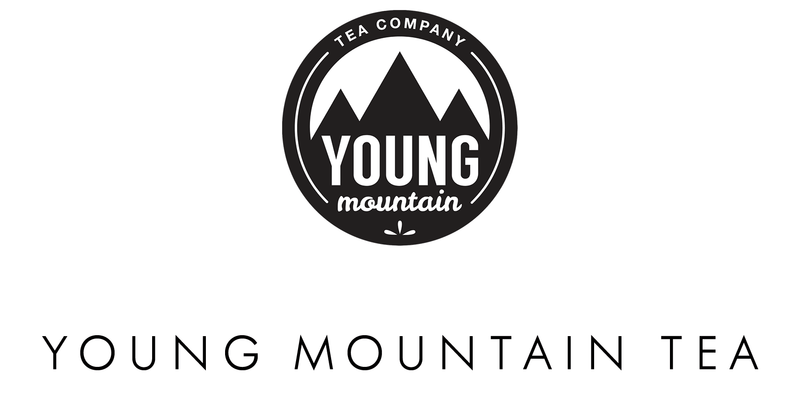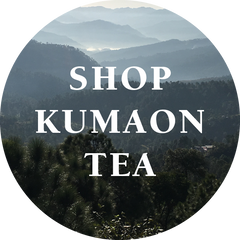
Did you know that black tea and green tea come from the leaves of the same plant? Black tea, green tea, matcha, white tea, oolong tea, and puerh – it’s all the same plant’s leaves, just grown in different soils and processed in different styles. The Indian tea industry was developed by the British during colonial times, and has a history of focusing on cheap black tea for the masses. Today, the potential for high-end specialty tea remains untapped.
Kumaon is A forgotten Indian tea region in the Himalayas with the potential to write a new chapter for Indian tea. The British first developed Kumaon tea in the 1830s, and while the plant took well to the new soils, the region never took off. Today, the Kumaon tea revival is being led by local smallholder farmers pioneering organic and regenerative practices. And for the first time, they’ll have access to world class processing equipment and global markets to fully unlock Kumaon tea’s potential. The journey to today has been a long one, with four chapters:
A STRONG BRITISH START

1840s-1940s
The British planted tea in Kumaon and the plant thrived. The first-ever Indian grown tea to be drunk in Europe came from nearby, and the fledgeling region was full of potential. However distance from ports and strong lobbying efforts by other regions prevented Kumaon tea plants from setting up trade routes. By the start of World War II, the Kumaon tea gardens were abandoned.

The Lost Years
1940s-1990s: For ~50 years, no tea was intentionally grown, with one notable exception: a local family, the Birkbecks, remained the torchbearers of Kumaon tea. They quietly keep their 75 acre tea garden Chirrapani going from one generation to the next. Today, Desmond Birkbeck is a leading figure in the Kumaon tea revival and our closest on-the-ground partner.

The Revival
In the 1990s, the government launched a program to create rural livelihoods through tea, and at the same time, to reclaim wasteland that was abandoned as the region’s youth migrated to the cities. From the start, they got the gardens of Kumaon certified organic. They all set up 4 factories to process the harvested leaves into the finished teas that we drink.

The Global Connection
In 2013 we started Young Mountain Tea to bridge the gap between Kumaon tea farmers and global tea drinkers. Two years later, we ran a Kickstarter and brought over the first shipment of Kumaon teas to ever reach American shores. We worked with Desmond to make that first lot of tea when he was managing a government factory in his hometown. He had never heard of white tea before, so we brought him a sample and he worked his magic.
- In 2016: We toured Darjeeling and Nepal with Desmond Birkbeck, and began to dream about setting up a farmer-owned tea factory that could empower local farmers and create world class teas.
- 2022: The government began to graduate farmers out of the program, transitioning them from “wage earners” that were employed by the government into “independent farmers” whose livelihoods were tied to how much tea they could grow and sell. The farmers didn’t own any of the factories, so were unable to ever earn meaningful incomes because the fragile harvest lasts 24 hours before becoming value-less.
What Kumaon Tea needed was a factory that was owned by local communities, equipped with the best machinery, and connected to a global market for high-elevation, single-origin, organic teas. If you build it….

